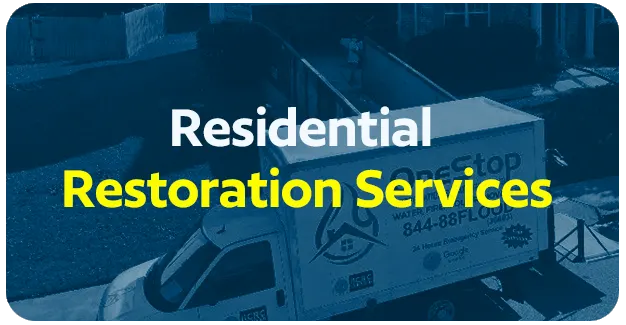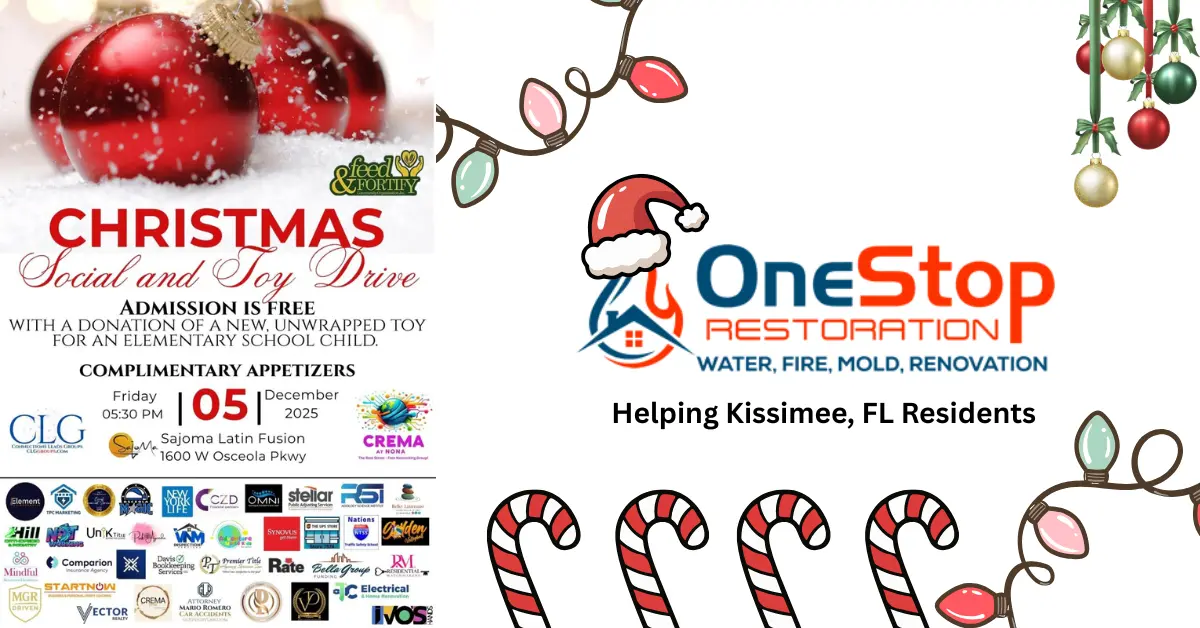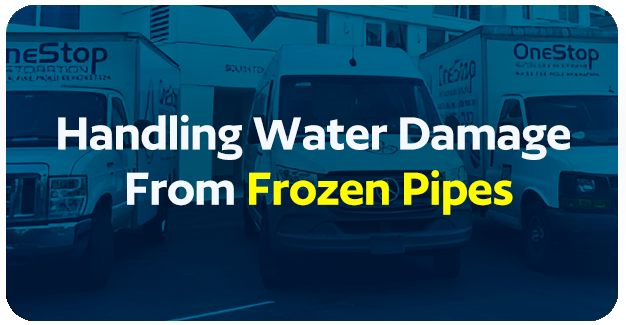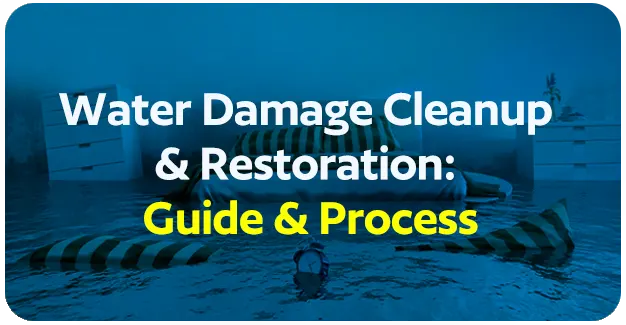
Understanding the Water Damage Restoration Process
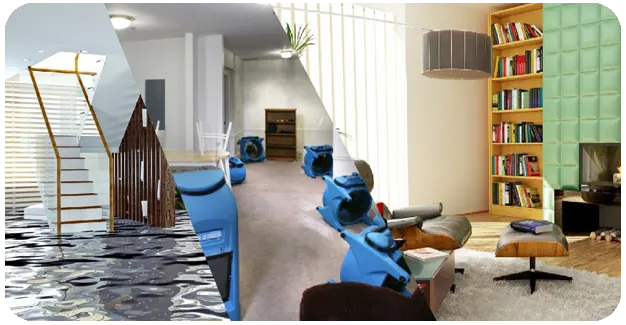
The restoration process starts with a thorough assessment. Professionals inspect your property to determine the extent of the damage and what category of water you’re dealing with. Clean water from a supply line is easier to handle than contaminated water from sewage backups.
Emergency Services and Water Mitigation
Residential Water Damage Response
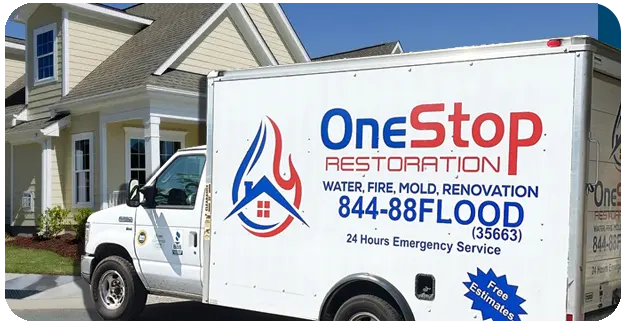
Most residential teams bring portable generators, dehumidifiers, and air movers.
These tools work together to dry your home efficiently. They also monitor moisture levels in walls and floors using infrared cameras and moisture meters. This tech finds hidden pockets of water that could cause trouble later.
Professional Water Damage Cleanup and Repair Services
- Structural drying and dehumidification
- Mold prevention and treatment
- Carpet and upholstery cleaning or removal
- Content pack-out and storage
- Full reconstruction when needed
Dealing with Water Damage in Your Home
Acting fast makes all the difference. First, shut off the water source if possible. Then move valuable items to dry areas. Take photos for documentation before anything gets moved or cleaned.
Don’t try to handle major water damage cleanup yourself. Household vacuums aren’t designed for this job, and you could damage them or miss hidden moisture. Standing water also poses health risks, especially if it’s contaminated.
Instead, call professionals right away. While you wait, you can open windows for ventilation and use fans if it’s safe to do so. Just avoid walking through deep water until experts check for electrical hazards.
Why Hire a Professional Water Damage Cleanup Company
You might think handling water damage cleanup alone saves money. But professionals actually prevent costly mistakes that DIY efforts often miss. They have industrial-grade equipment that dries structures thoroughly, not just surface-level.
Perhaps most importantly, professionals spot warning signs you might overlook.
They know when drywall needs replacing versus just drying. They understand which materials can be saved and which pose health risks. This knowledge protects your investment and your family’s well-being for years to come.
How long does water damage cleanup typically take?
Most jobs finish within three to seven days, depending on severity and size. Small leaks might only need two days, while major floods can take two weeks or more. Drying time depends on how much water entered, what materials got wet, and how quickly help arrived. Your restoration company will give you a timeline after their initial assessment.
Can I stay in my home during the restoration process?
It depends on the extent of damage. Minor situations might allow you to stay in unaffected areas. However, major flooding often requires temporary relocation for safety. Standing water poses electrical risks, and drying equipment can be loud. Plus, some contaminated water scenarios make staying unhealthy. Your restoration team will advise what’s safest for your specific situation.
Will my insurance cover the costs of water damage cleanup?
Most homeowner policies cover sudden, accidental water damage like burst pipes or appliance malfunctions. However, gradual leaks or flood water typically need separate coverage. Review your policy and contact your insurance agent immediately after damage occurs. Professional restoration companies usually work directly with insurers, helping you file claims correctly and get maximum coverage for your loss.





